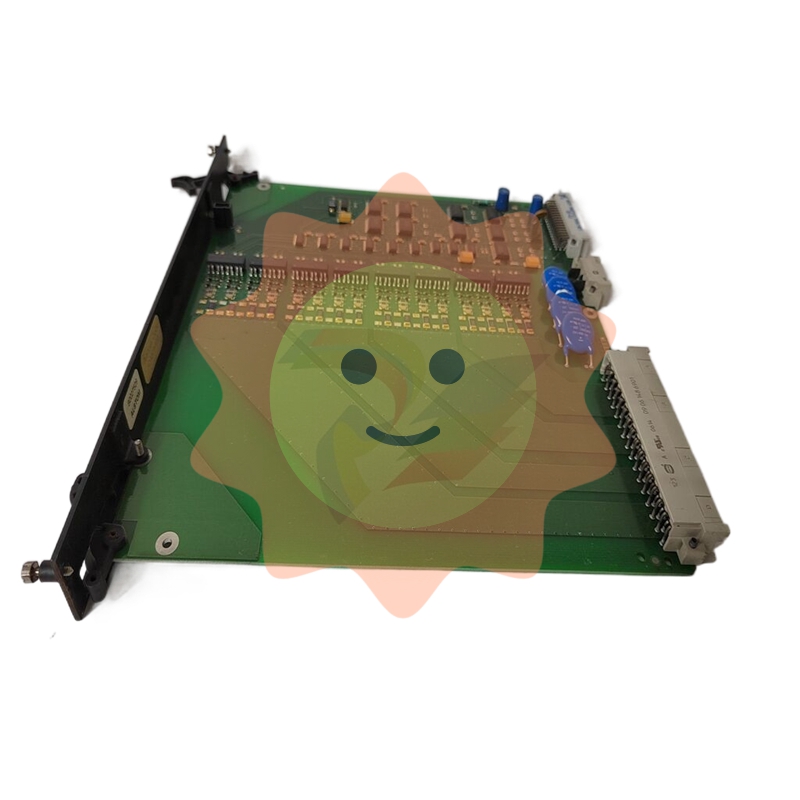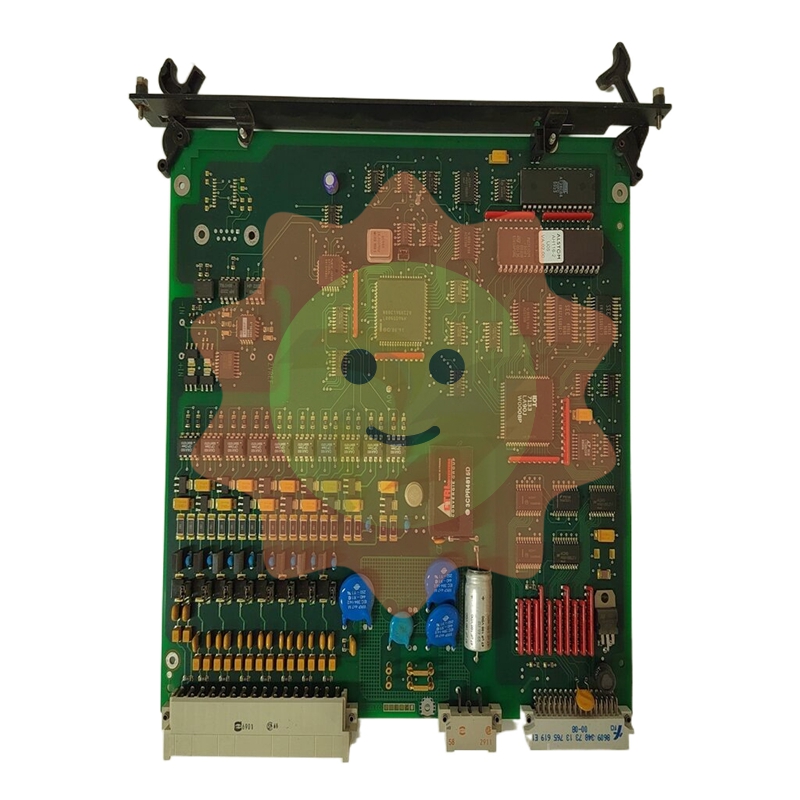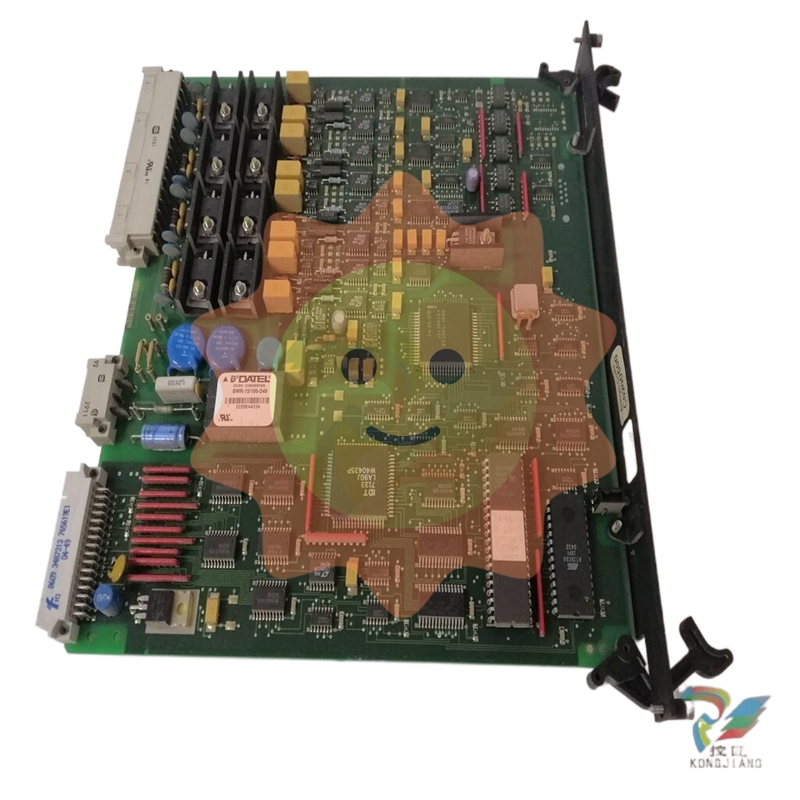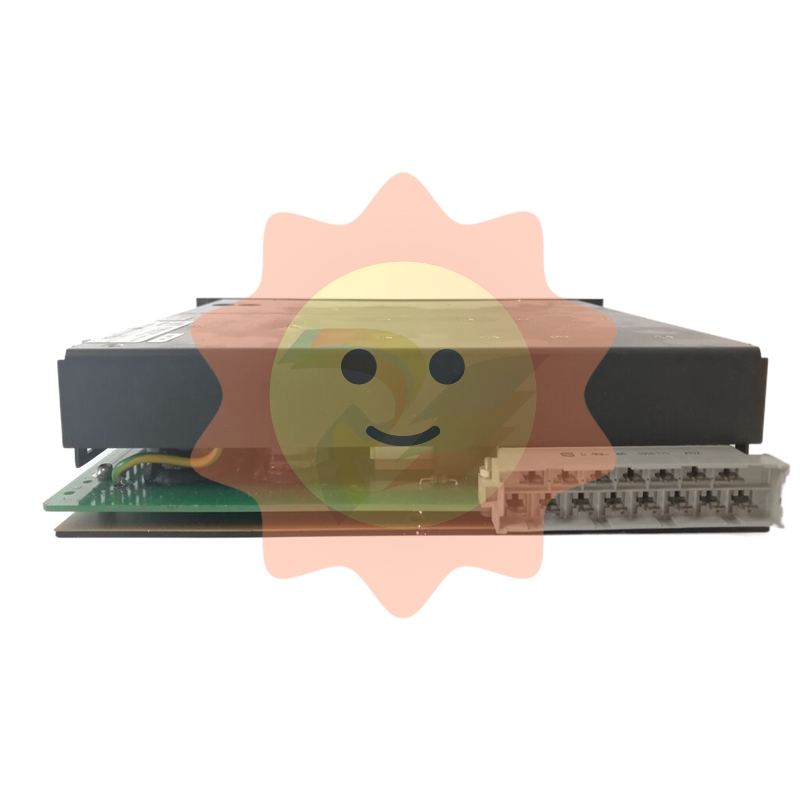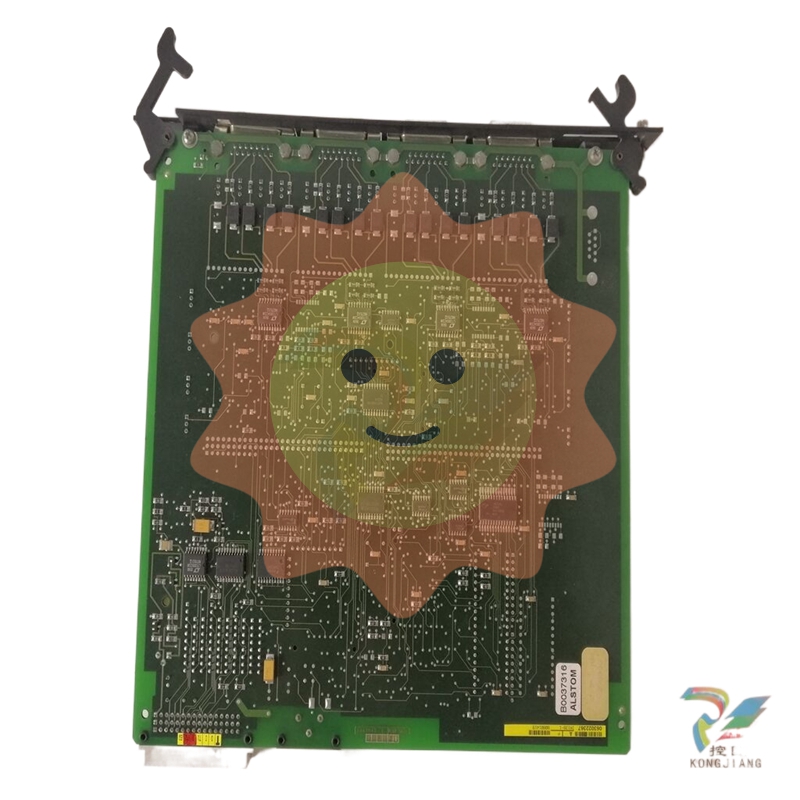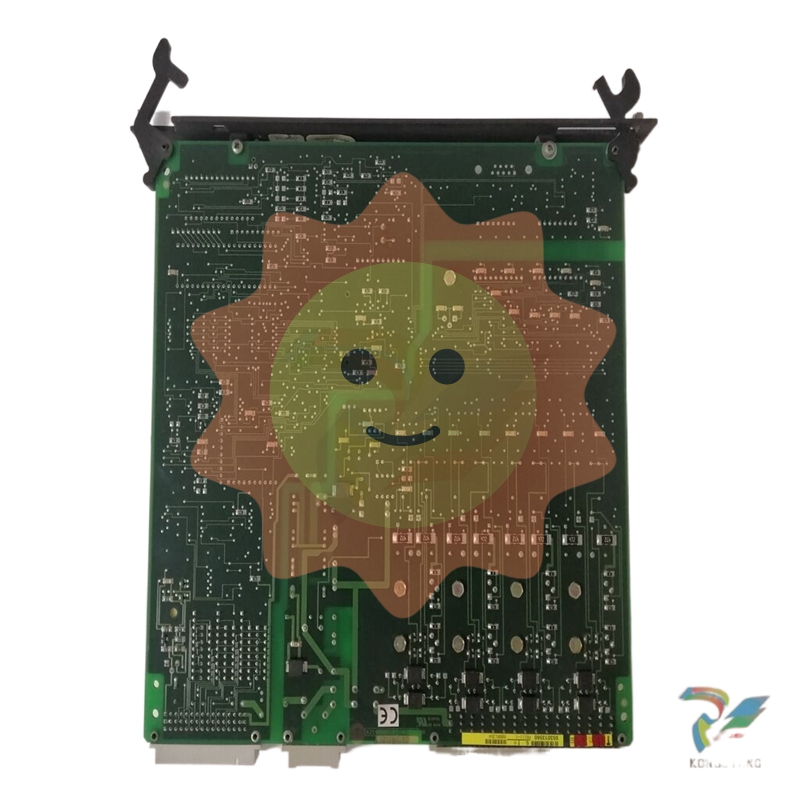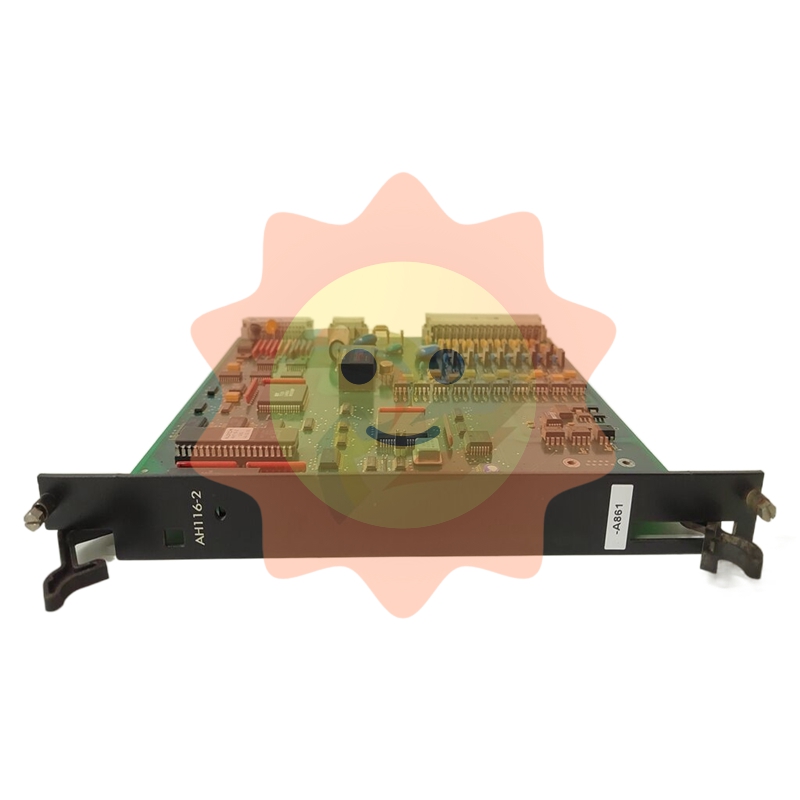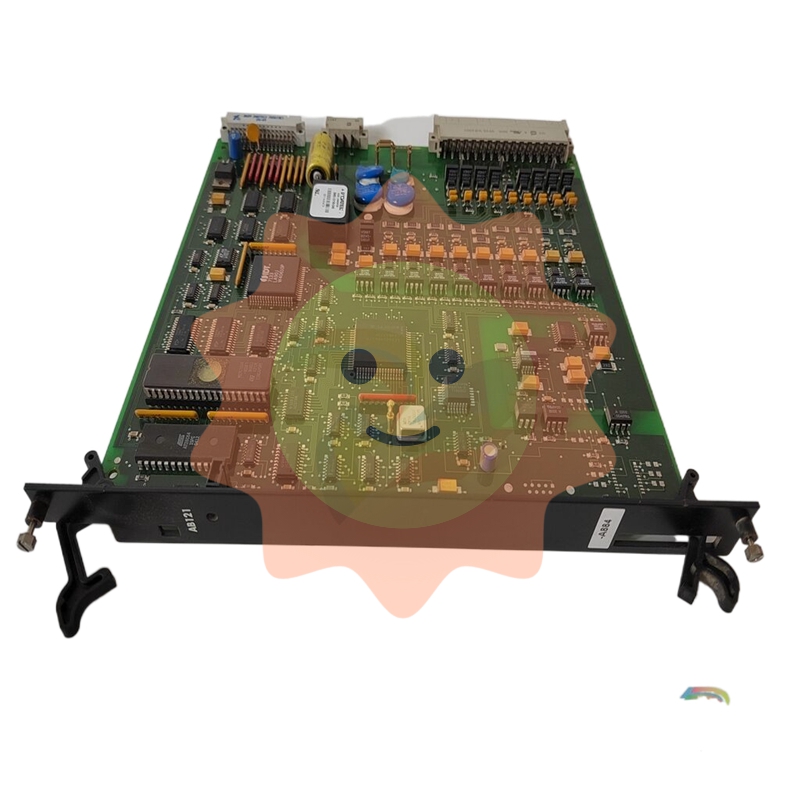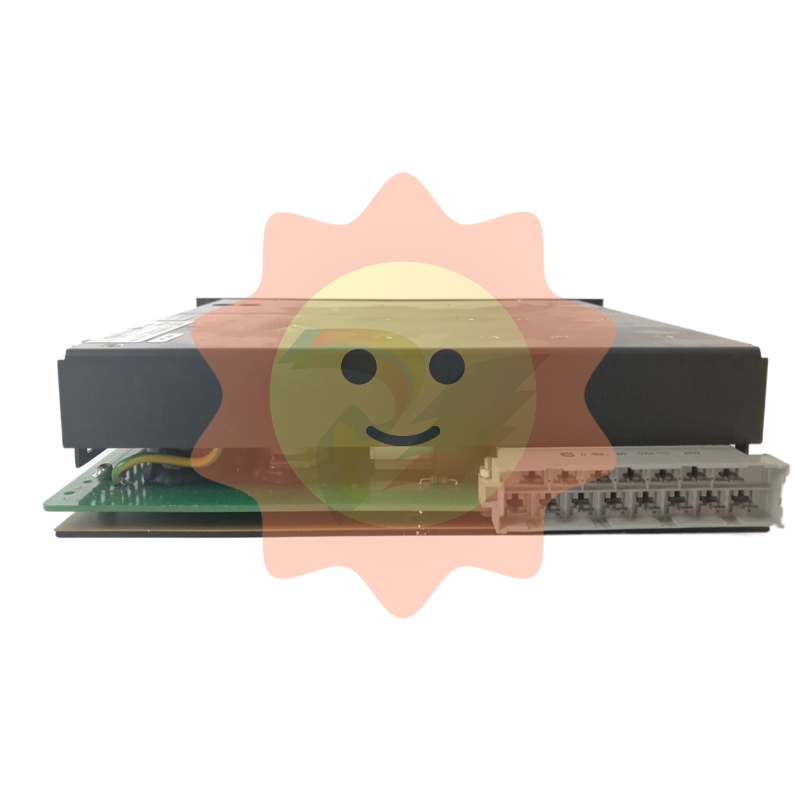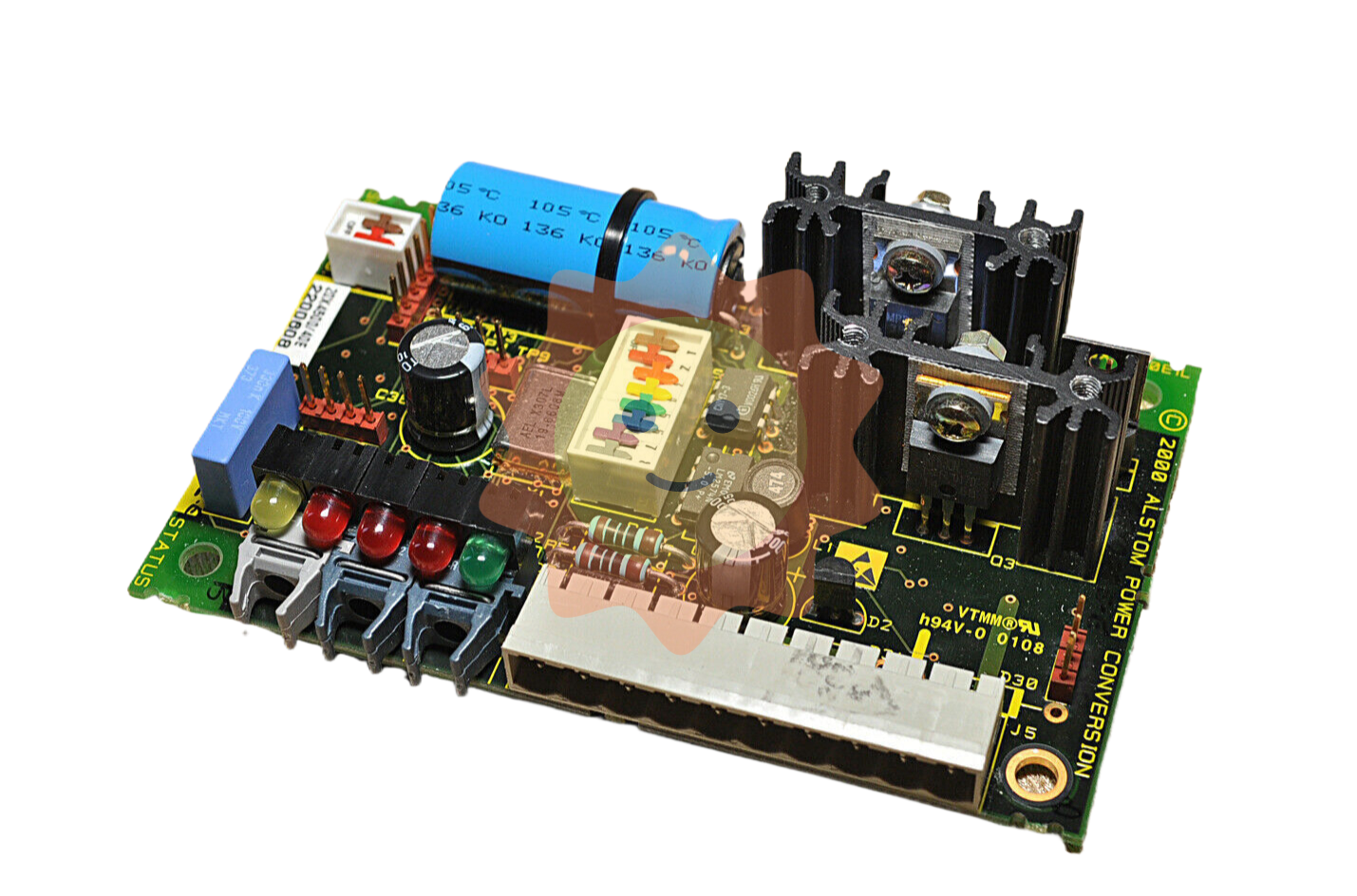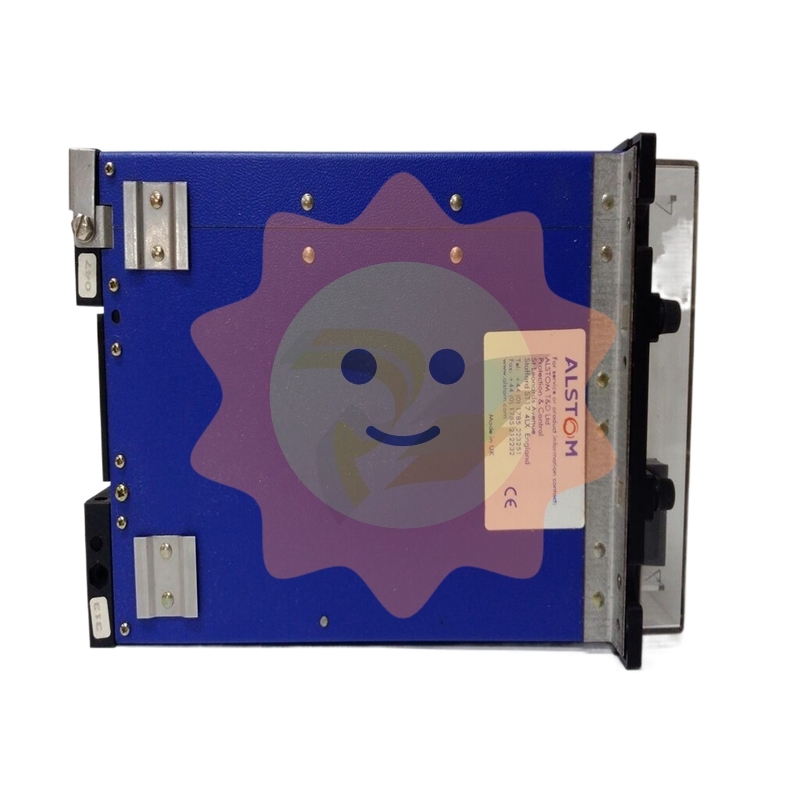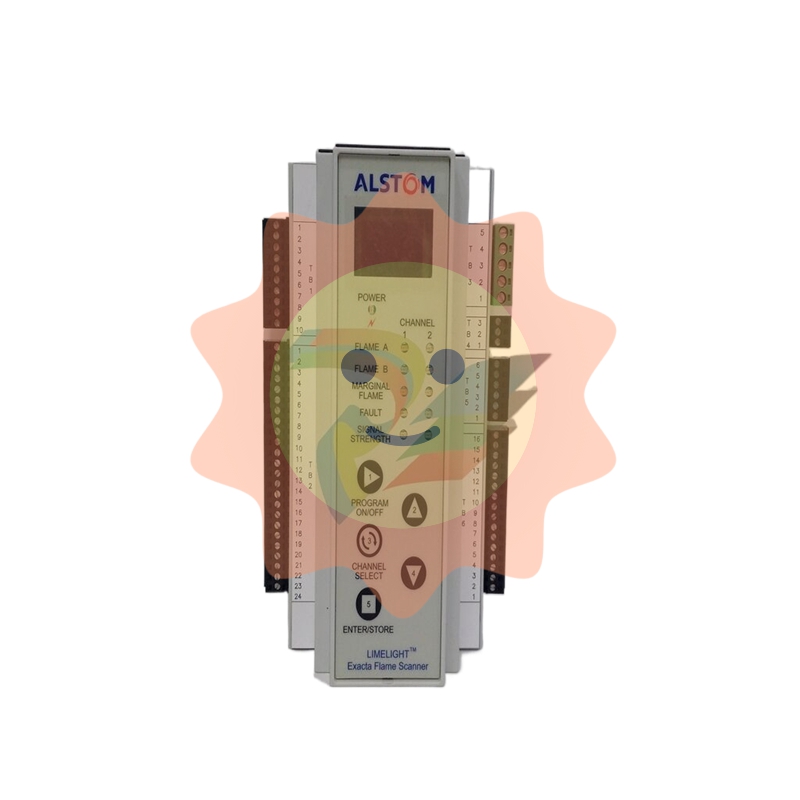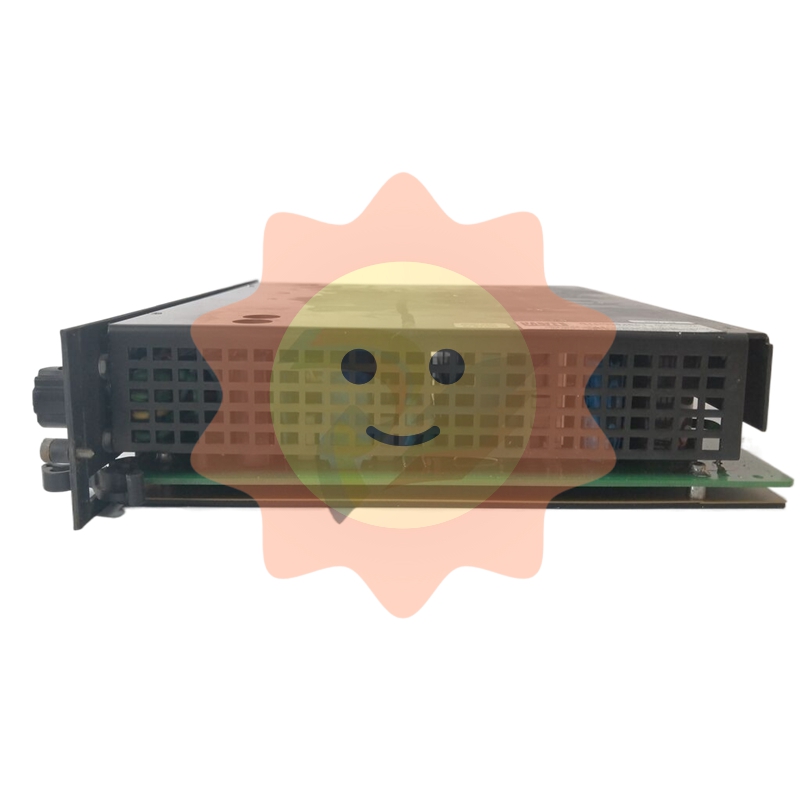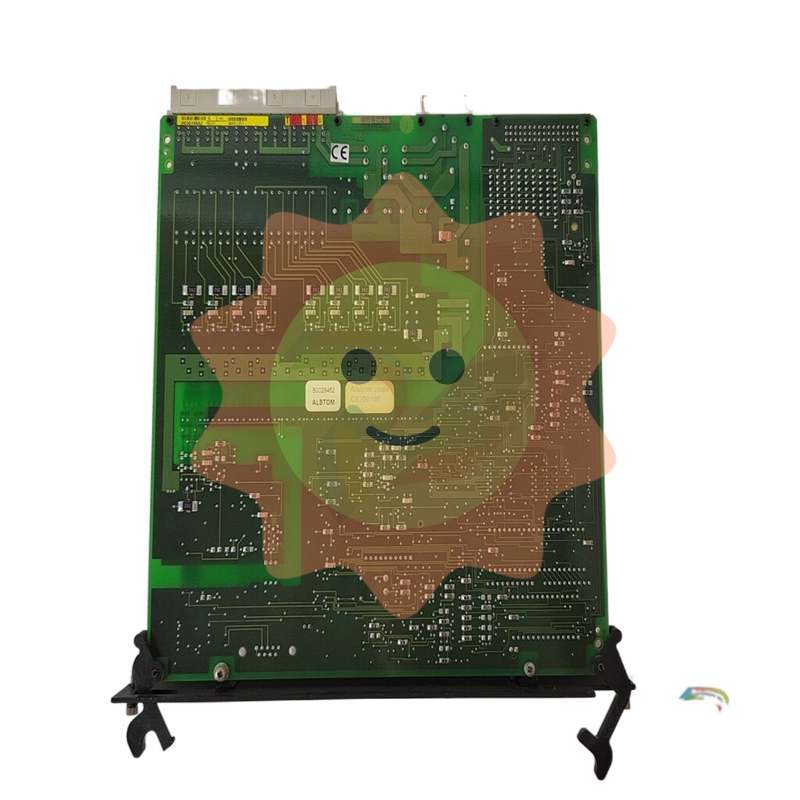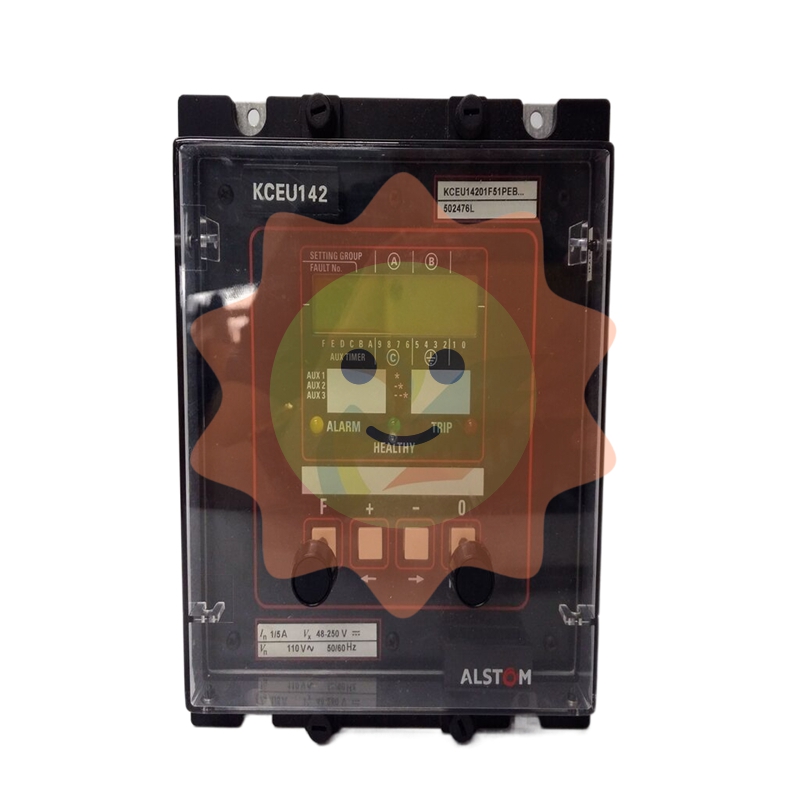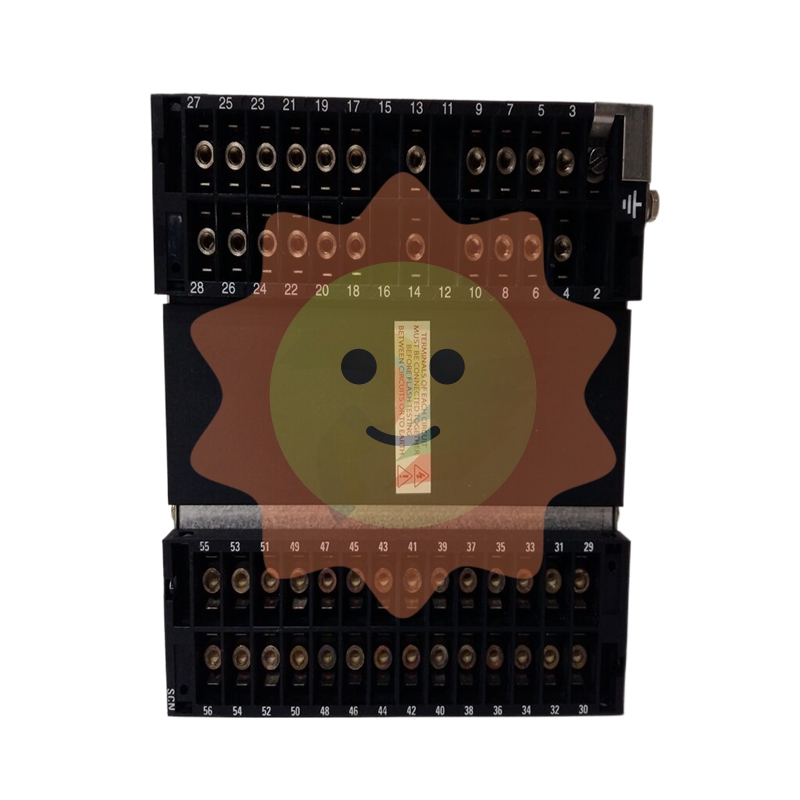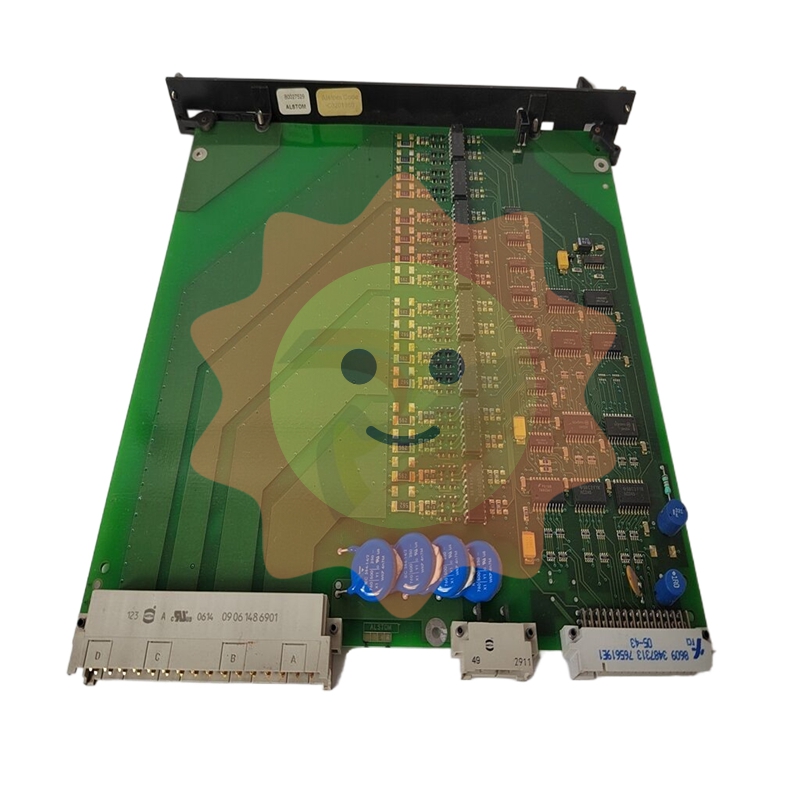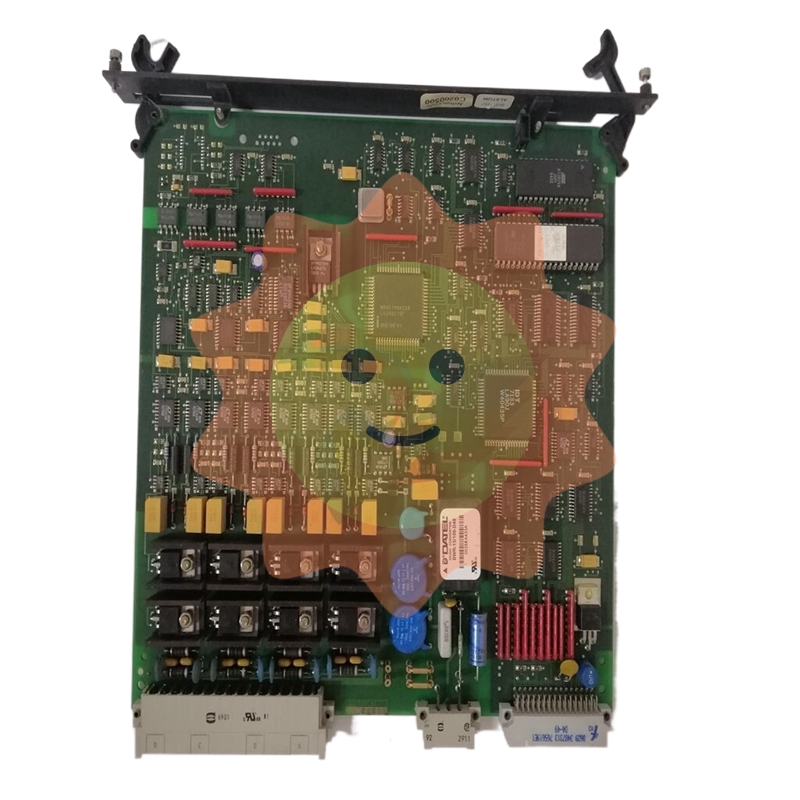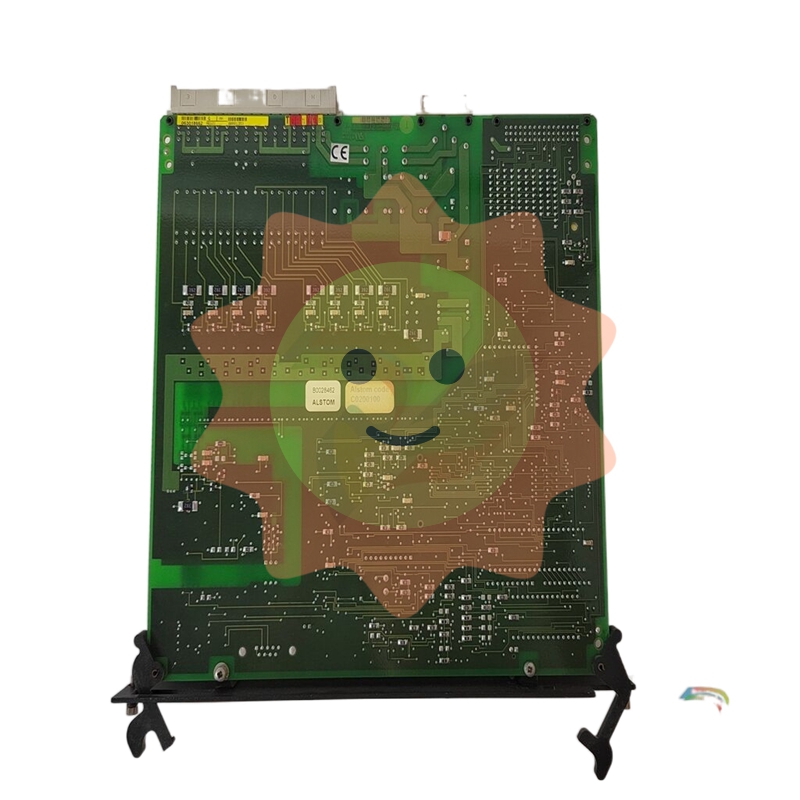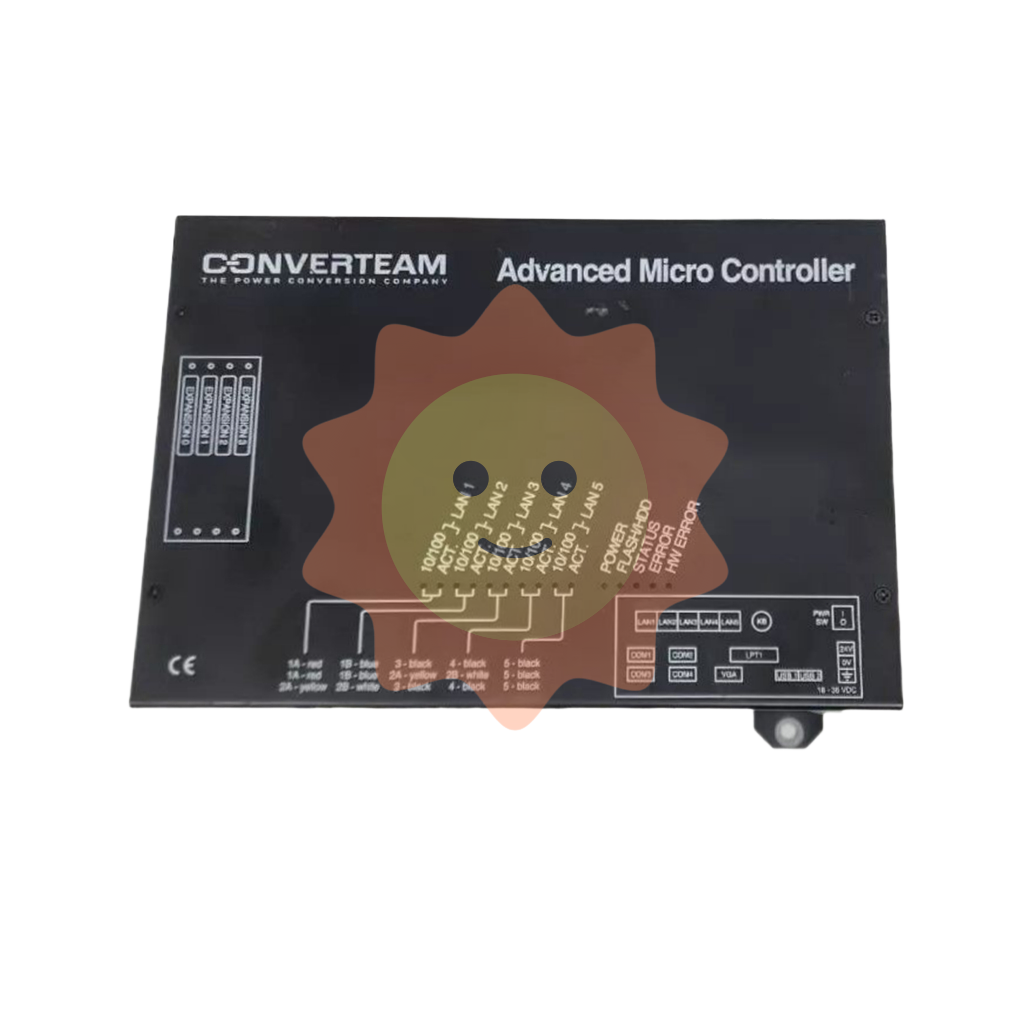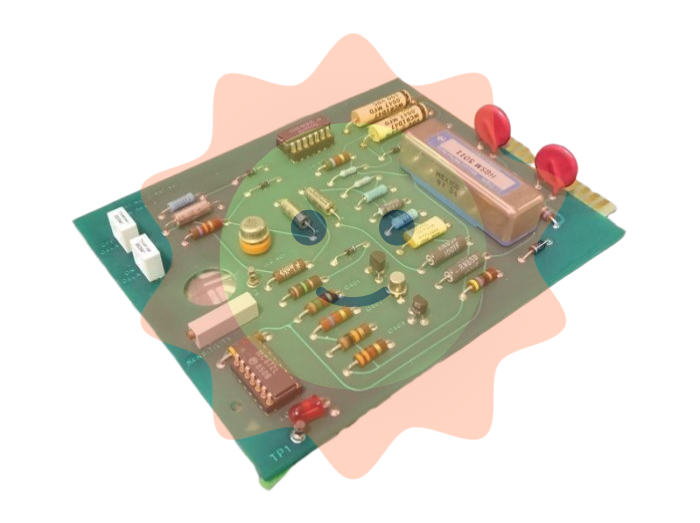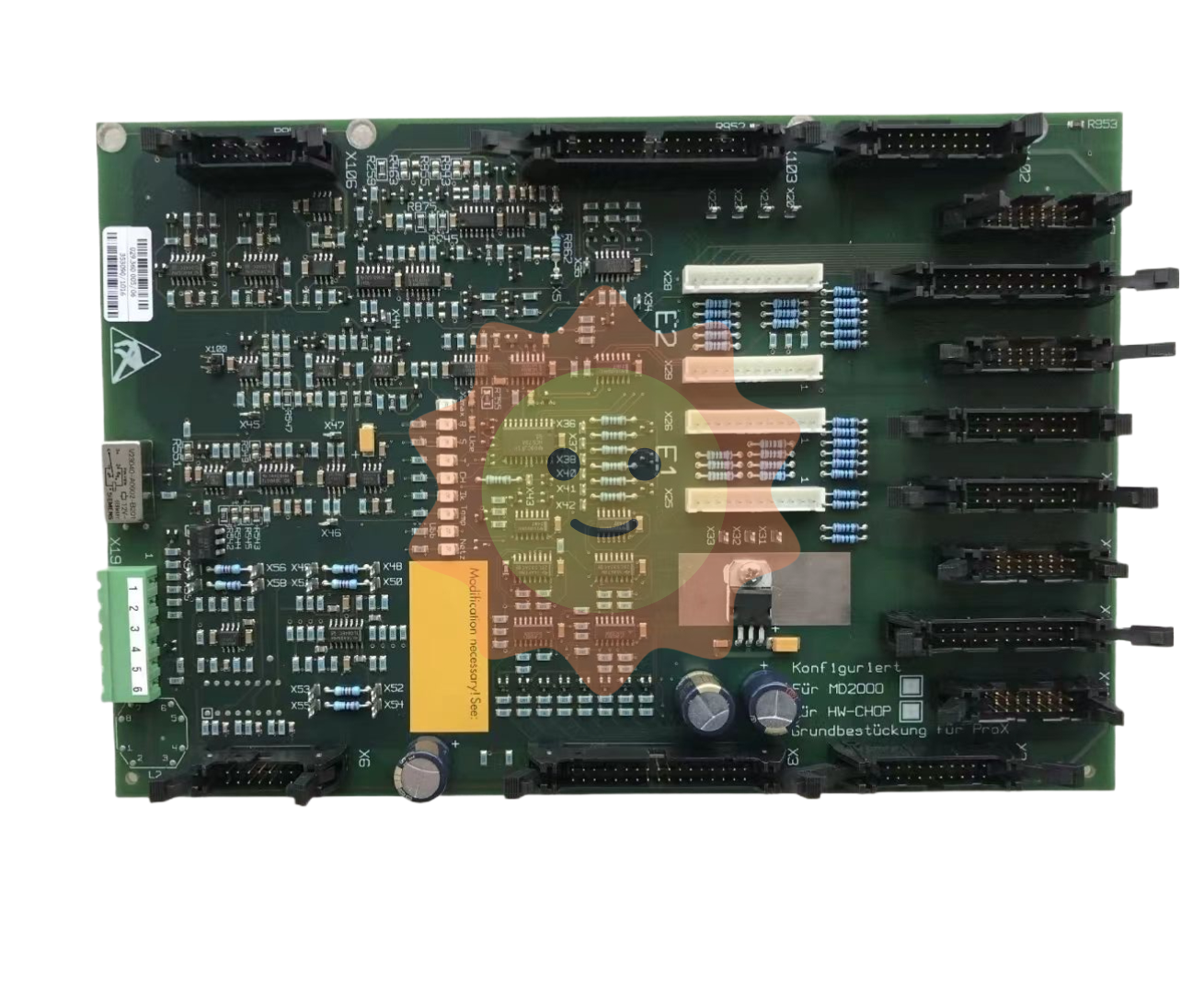A brief history of water treatment technology - Zero discharge

The extensive application of membrane concentration in zero emission process greatly improves the treatment scale of zero emission project. In 2010, Shell (Shell) in Qatar (Qatar) built a total investment of 18 billion US dollars of natural gas liquefaction plant, its supporting construction of zero emission system processing scale of 30,000 tons/day, investment reached 255 million euros, is the world's largest zero emission project.
As mentioned earlier, another way to increase the concentration limit is to increase the operating pressure of the reverse osmosis membrane. The high pressure film is the product of this idea. Disc-tube reverse osmosis membrane (DTRO) is the earliest high pressure membrane, which originated in Germany. In 1988, the German company ROchem built the world's first practical DTRO device to treat landfill leachate. In 1998, ROchem was acquired by Pall. Around 2010, DTRO was introduced into the zero-emission process as a secondary enrichment after conventional reverse osmosis enrichment, achieving a concentration limit of 10% or more. In 2015, Pall was acquired by Danaher. At the same time, homogeneous membrane electrodialysis technology, previously used for seawater concentration and salt production, was also introduced into the zero-discharge process. As a secondary concentration process without osmotic pressure limitation, the concentration limit of electrodialysis is higher, up to 15%-20%. This makes it successively applied in some zero-emission projects in papermaking, coal chemical industry, thermal power and other industries.
Since 2016, reverse osmosis membrane manufacturers such as Suez (formerly GE Water Treatment) and DuPont (formerly Dow Water Treatment) have launched high-pressure roll reverse osmosis membrane products, with the maximum operating pressure up to 10-12MPa and the concentration limit reaching about 9%-12%. Some domestic research units have also developed high-salt reverse osmosis (HSRO) membrane products, combined with two-stage or three-stage system design, can achieve a concentration limit of 10%-15% under operating pressure of no more than 7MPa.
The fourth part is zero emissions in China
In 1979, Associate Professor Wu Xinjiu of East China Institute of Chemical Technology published an article on "the concept of zero discharge of circulating cooling Water" in the journal of Chemical Industry Water Supply and Drainage Design. This may be the first time that Chinese scholars have discussed the issue of zero emissions academically. In the 1980s, scholars have discussed the problem of zero discharge of wastewater in thermal power, oil refining, electroplating and other industries, but the idea is mainly focused on the reduction of wastewater and internal consumption. Around 1990, some scholars began to publish articles introducing the use of water treatment technology in the United States, Australia and other countries to achieve zero emissions. As a water treatment technology, zero discharge has attracted initial attention in China. In the 1990s, domestic awareness of zero-emission treatment technology was growing, but there was little impact on technology research or demonstration validation. In July 2002, SETC and the US Department of Commerce jointly held the China-Us Workshop on Zero Discharge Technology of industrial wastewater in Beijing.
In 2004, the 1.08 million tons/year coal direct liquefaction project of Shenhua Group started construction in Ordos. Due to the fragile ecological environment in the area and the lack of sewage, the project decided to adopt zero discharge treatment technology. This project marks the official opening of the application of zero discharge treatment technology for industrial wastewater in China.
In 2005, the National Development and Reform Commission and other departments organized the formulation of China's water-saving technology policy outline. It is clearly proposed to develop the reuse and zero discharge technology of industrial wastewater, and encourage enterprises in areas with high water shortage and ecological environment requirements to apply zero discharge technology of wastewater.
In 2007, the State Environmental Protection Administration and the National Development and Reform Commission formulated the 11th Five-Year Plan for environmental protection. In key industries such as iron and steel, electric power, chemical industry and coal, promote the recycling of waste water and strive to achieve little or zero discharge of waste water. In the same year, the construction of the first phase of Guangdong Heyuan Power Plant began. Because the plant is next to the Dongjiang River, which supplies water to Hong Kong, Shenzhen and other places, the EIA explicitly requires zero discharge of wastewater.
At the end of 2008, the Shenhua Direct liquefaction project began commissioning. The project has built a zero-emission system with two-effect evaporator as the core. Complex pretreatment and pre-concentration processes including advanced oxidation, membrane bioreactor and reverse osmosis membrane concentration are used in the front end, and evaporation ponds are used in the back end to absorb the evaporator tail water.
- EMERSON
- Honeywell
- CTI
- Rolls-Royce
- General Electric
- Woodward
- Yaskawa
- xYCOM
- Motorola
- Siemens
- Rockwell
- ABB
- B&R
- HIMA
- Construction site
- electricity
- Automobile market
- PLC
- DCS
- Motor drivers
- VSD
- Implications
- cement
- CO2
- CEM
- methane
- Artificial intelligence
- Titanic
- Solar energy
- Hydrogen fuel cell
- Hydrogen and fuel cells
- Hydrogen and oxygen fuel cells
- tyre
- Chemical fiber
- dynamo
- corpuscle
- Pulp and paper
- printing
- fossil
- FANUC
- Food and beverage
- Life science
- Sewage treatment
- Personal care
- electricity
- boats
- infrastructure
- Automobile industry
- metallurgy
- Nuclear power generation
- Geothermal power generation
- Water and wastewater
- Infrastructure construction
- Mine hazard
- steel
- papermaking
- Natural gas industry
- Infrastructure construction
- Power and energy
- Rubber and plastic
- Renewable energy
- pharmacy
- mining
- Plastic industry
- Schneider
- Kongsberg
- NI
- Wind energy
- International petroleum
- International new energy network
- gas
- WATLOW
- ProSoft
- SEW
- wind
- ADVANCED
- Reliance
- YOKOGAWA
- TRICONEX
- FOXBORO
- METSO
- MAN
- Advantest
- ADVANCED
- ALSTOM
- Control Wave
- AB
- AMAT
- STUDER
- KONGSBERG
- MOTOROLA
- DANAHER MOTION
- Bentley
- Galil
- EATON
- MOLEX
- Triconex
- DEIF
- B&W


email:1583694102@qq.com
wang@kongjiangauto.com

